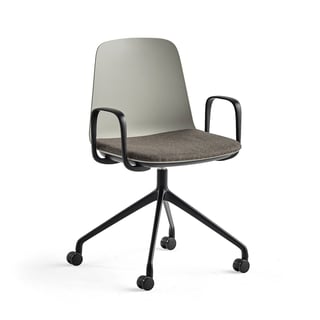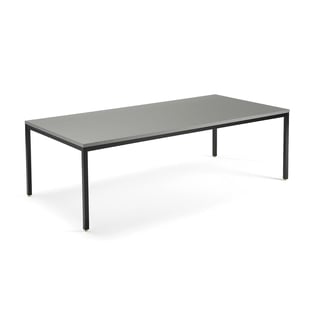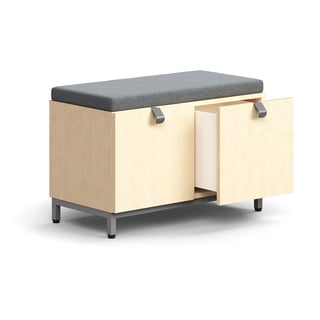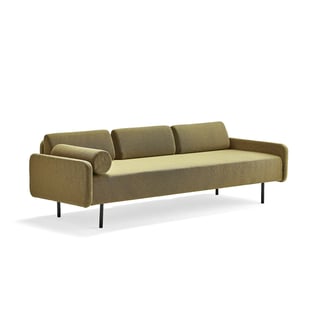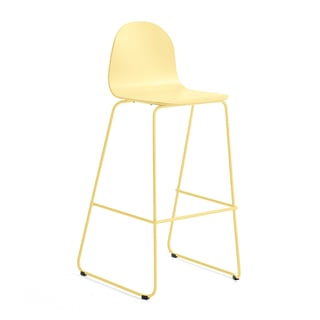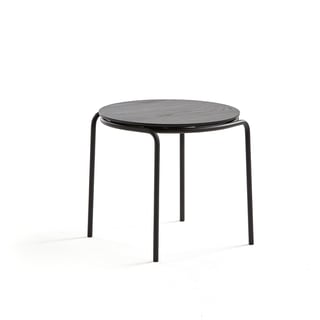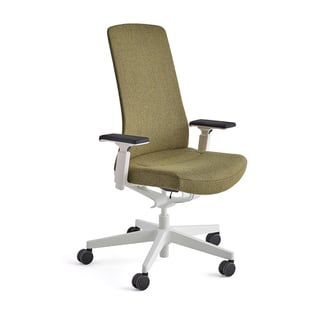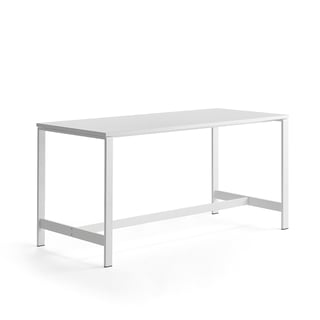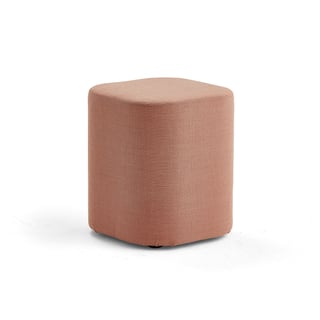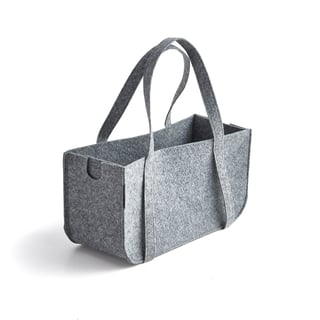- AJ Products UK
- Blog: Tips to Inspire Happiness at Work
- Ergonomics in the workplace
- Activity-Based Office for Creativity and Collaboration
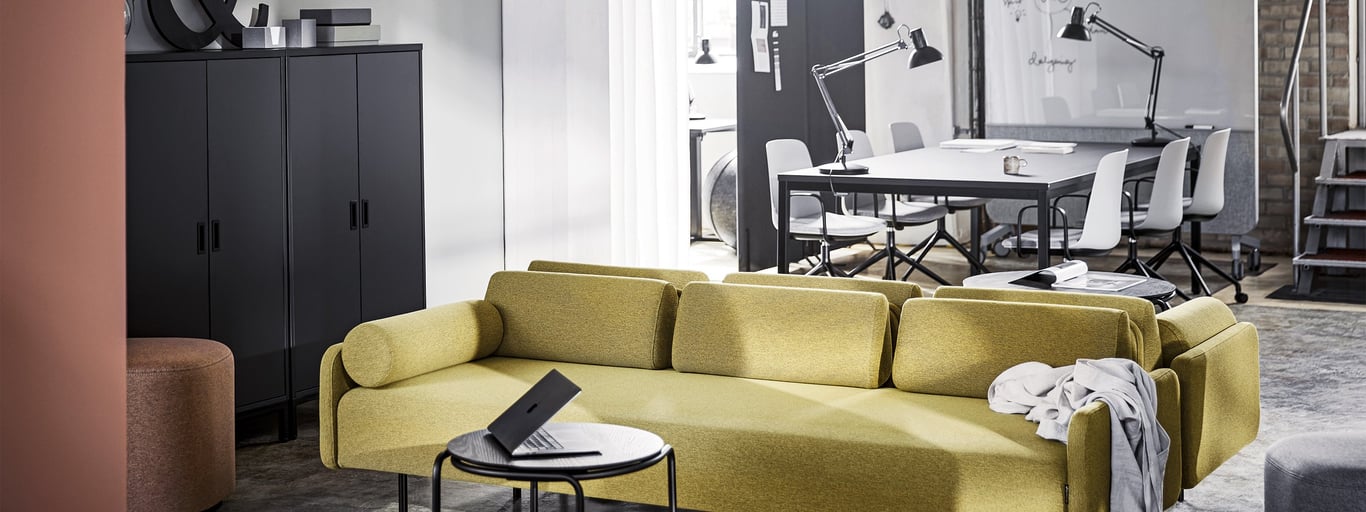
How to Create an Activity-Based Office for Creativity and Collaboration
What Is Activity-Based Working?
In an activity-based office, there are no fixed desks. Instead, employees select their environment based on the task at hand. Workers can choose where they will be most productive, whether it’s standing up, sitting comfortably on a sofa, focusing in silence, or brainstorming in dynamic settings. This innovative layout often leads to increased satisfaction, creativity, productivity, and wellbeing.
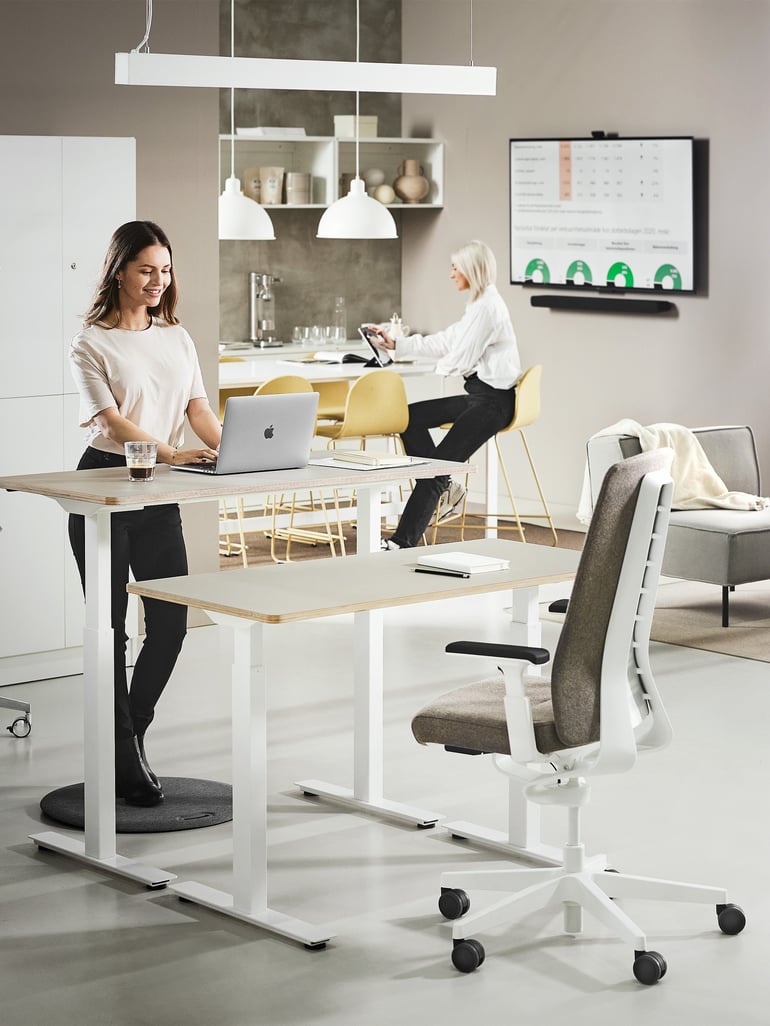
Activity-Based Office vs. Flex Office
There are similarities between flex offices and activity-based offices. In a flex office, employees don’t have assigned desks, but all workstations are generally the same. The clear division into different activity zones found in an activity-based office is missing in a flex office.
New Foundations for Effective Work
Activity-based working is not just about new furniture solutions; it also involves changing work habits. Modern technology reduces the need for fixed desk spaces. With internet connectivity, we can work from anywhere—via smartphones, tablets, laptops, or cloud services. From an ergonomic perspective, an activity-based office is excellent because it allows you to vary your work posture and move between different office environments throughout the day.
Start by conducting a thorough analysis of the activities performed at your workplace to ensure the new environment supports these activities. Every office must find its own unique solution. Consider some key questions: What are your needs, and how can the design support your work? How do you work today, and how would you like to work in the future?
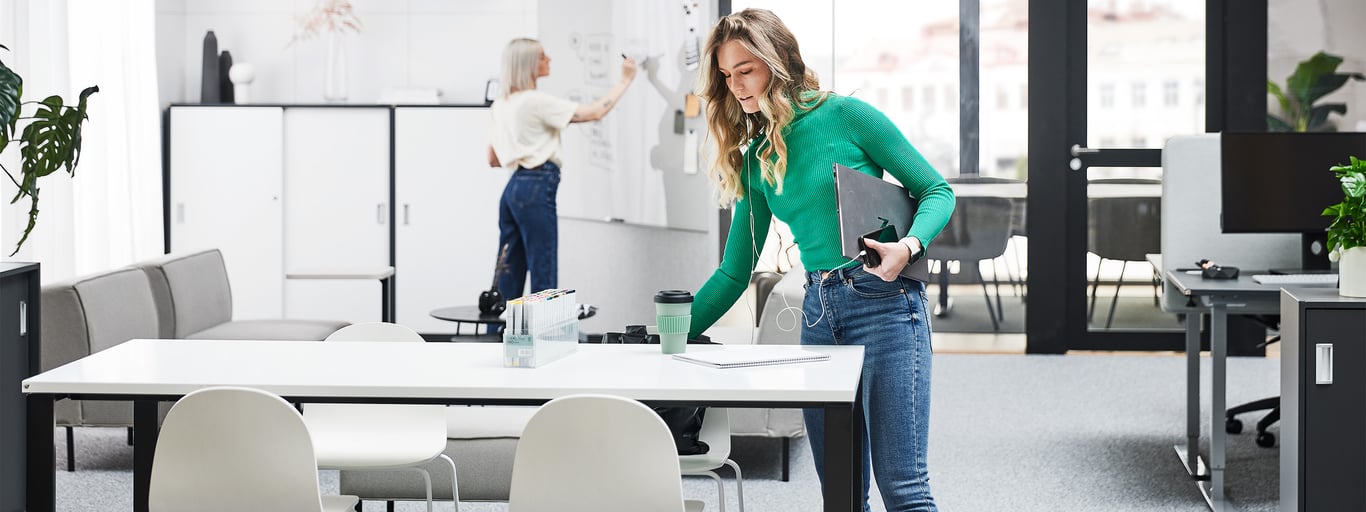
Furnished for quiet and social zones
An activity-based office is often divided into different zones: a quiet zone, a middle zone, and an active zone. In the quiet zone, work is done silently and undisturbed, perfect for private conversations, confidential meetings, or tasks requiring high concentration. The ability to work on focus-intensive tasks in peace is a crucial part of the concept. Without enough quiet zones, an activity-based office can become a stressful environment instead of the intended creative space.
In the middle zone, you sit together with your colleagues in a similar way as in an open office landscape. There, screen walls and desk screens can increase comfort and keep sounds at a suitable level. In the active work zone, there is plenty of space for lively discussions or, for example, creative work in groups. It's all about choosing a work environment that suits the moment.
Active meeting rooms with various functions
Having multiple meeting rooms is efficient because different groups can hold meetings simultaneously. With varied furnishings, different environments can be created. One room might have a height-adjustable conference table, ideal for brainstorming. Standing up makes us more creative and better collaborators. So that no ideas are lost, there are plenty of creative tools such as whiteboards, flip charts, mobile glass boards and more.
In some cases, a traditional conference table is best suited, for example during formal meetings with the board or an important client. These types of meetings can be long; comfortable, conference chairs are a good choice. This type of large table and seating combination also works well as an inviting workplace for the participants in a larger project.
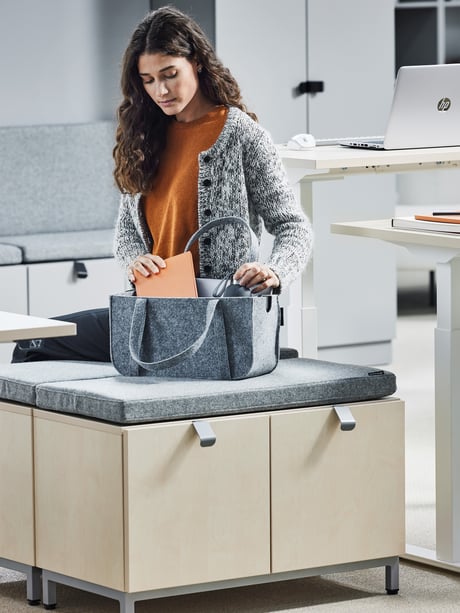
Tip! Use a practical office bag
When moving between rooms, you’ll need to carry your items with you. An office bag makes it easy to bring along your laptop, notepad, pens, mobile phone, and other essentials.
Choose flexible furniture
The activity-based office is built on flexible furniture solutions that can be used in different ways for different needs. Choose for example, furniture with wheels. Height-adjustable desks or standing tables and higher pillar tables create space for quick, spontaneous meetings. Give employees numerous options when it comes to seating; a mix of soft lounge furniture and ergonomic office chairs, add in some balance balls and balance stools to keep the body moving. Furnish with sound absorption products such as screen walls and sound absorbers .
Choosing furniture and decor that match is a smart idea. A unified style and colour scheme look great now and can be practical in the future if some furniture needs to be moved to other rooms. They will fit in no matter how the office is rearranged.
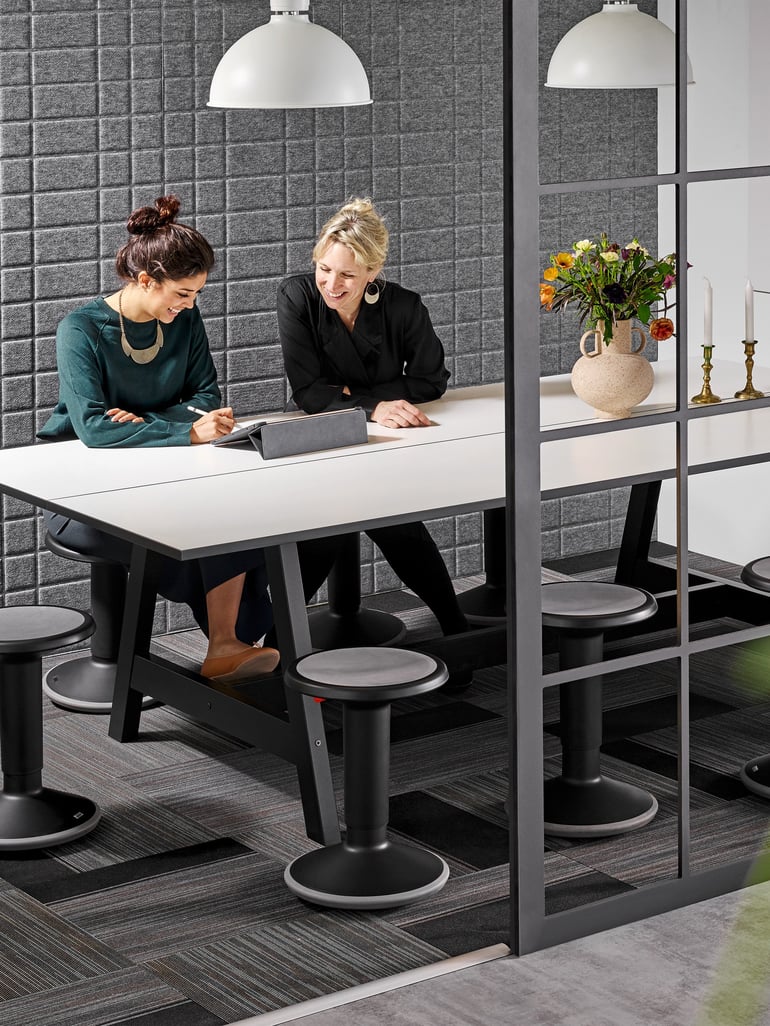
Positive effects of an activity-based office
- Increased Health: An activity-based office can lead to improved health as employees naturally move and change work positions multiple times a day, which is excellent from an ergonomic perspective.
- Adapted Work Environment: Employees can tailor their work environment to the current task, enhancing comfort, concentration, and productivity.
- Improved Work Community: Social interaction increases with several natural meeting places for both short and long meetings. A standing table makes it easy to gather for a quick discussion.
- Cost-Effective: Hybrid working is very common now. With an activity-based office and no specific desk for each employee, office space can often be reduced, and no desks need to be left empty.
Risks with an activity-based office
- Failing ergonomics: Employees not having their own adapted workplace can cause office ergonomics to deteriorate, say for those who sit down a lot and work at a computer.
- Increased disturbance: Changing the work environment several times a day does not suit everyone. In some people, it creates stress instead of creativity.
- Wear and tear on office furniture: Make sure to buy high-quality office furniture that can withstand being adjusted several times a day. When office chairs and desks are raised and lowered every time a new employee takes the place, it can increase the wear and tear compared to if a person uses the same workplace every day.
- Noise: When there is more energy and movement in the office, the noise level also increases. With good planning and noise reduction measures, this problem can be effectively countered.
Is this an office concept for you?
The creative and flexible office is an office solution well worth considering. Perhaps it is a concept that would benefit your business? An activity-based office fits perfectly in some workplaces and less well in others. Discuss and think carefully about how it would work for you before deciding on a transition. Feel free to seek help from an expert in the field.
FAQ
- An activity-based office is designed with various zones for different tasks. Employees choose their work area based on the task, promoting movement and flexibility throughout the day.
- By providing different work environments, employees can select the best setting for their tasks, leading to increased comfort, focus, and productivity.
- Use sound-absorbing materials like screens, upholstered furniture, carpets, and acoustic panels. Create designated quiet rooms and talking rooms to minimise disruptions.
- Variation prevents physical strain, boosts creativity, and keeps employees engaged by allowing them to change their work environment based on the task at hand.
- ABW stands for activity-based working and is the international term for activity-based workplaces.
- This way of working can improve collaboration between company employees and increase both creativity and productivity.
What are the disadvantages of activity-based offices?
- There could be difficulties in creating the right type of zones that suit the company's employees and existing tasks. A poorly planned, activity-based office neither promotes creativity nor provides peace of mind.
Get the latest product launches and offers sent direct to your inbox
Do you want to receive exclusive offers, information about new products and inspiration on how you can improve your workplace? Sign up for our free newsletter and be the first to receive our best offers.*By clicking subscribe, I confirm that I have read the privacy policy.
